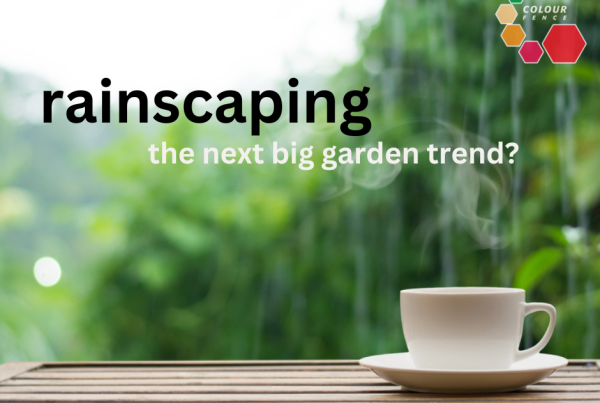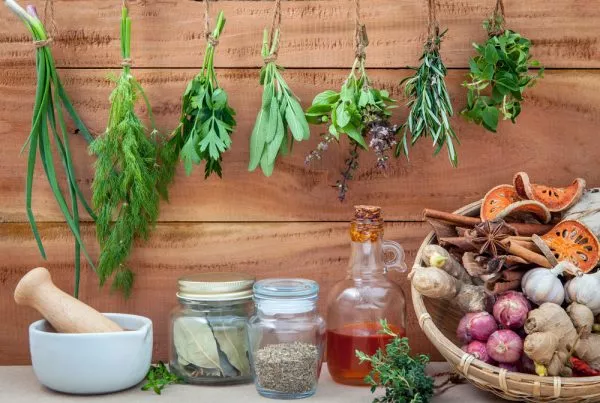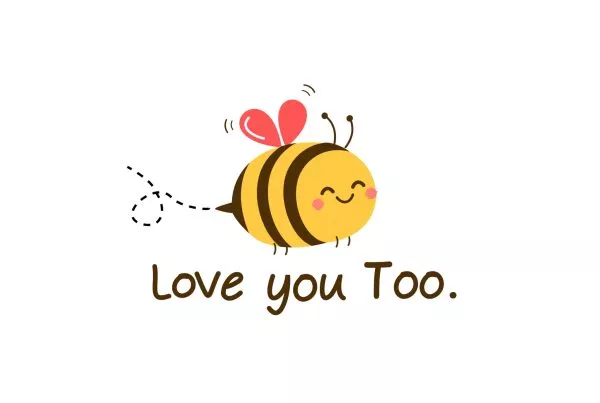Today is World Environment Day. You can make your garden more eco-friendly by minimising the use of chemicals such as fungicides, insecticides, herbicides and paint products, not to mention the packaging that these products come in. All of this can be done alongside a low maintenance approach, invest in a ColourFence, mow the lawn a little less often, embrace the ‘weeds’ and welcome in the birds, ladybirds and hedgehogs to help control insect pests. In the words of Eeyore “weeds are flowers too, once you get to know them” so here is a little introduction to some of the ‘weeds’ you might find in your garden:
White Clover

Almost certainly derived from cultivated varieties, rather than being a true wild-flower. It was regularly grown by farmers as a fodder crop, and because its roots have pink-tinted nodules which contain bacteria that convert Nitrogen, extracted from the air, into plant nutrients. The white flowers are packed with nectar and are a firm favourite with bees, whilst fresh plants have long been used to supplement salads.
Cuckooflower
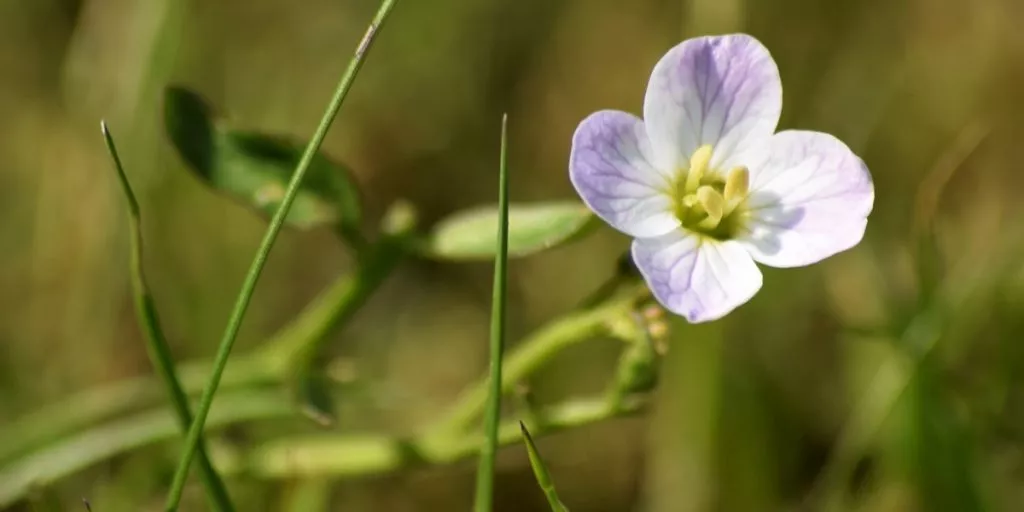
The name “Cuckooflower” derived from the fact that its flowers formed around the same time that the call of the cuckoo was first heard in Britain, but others call it, “Lady’s Smock”, “Mayflower” or “Milkmaids”. Although it is widespread across the country, it generally thrives best close to water. Historically thought to be sacred to the fairies, it was regarded as bringing bad luck if brought into the house; it wasn’t included in May Day garlands for the same reason.
Daisy
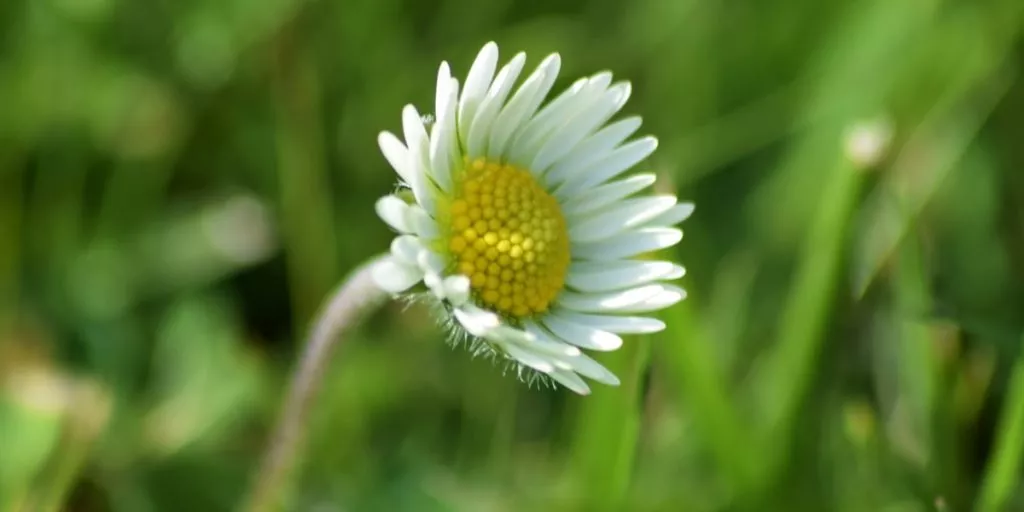
Perhaps the most widely known flower, the Daisy often accompanies the arrival of spring but might be in flower throughout all but the coldest months. Its native habitat was unimproved pastures, but as such pastures have reduced in frequency, the plant now most often found in grassy areas of all types, in particular, lawns. Juice from the Daisy was used by the Romans to soak bandages to help control bleeding from wounds; other medicinal uses have included the easing of coughs and backaches. Children have long used daisies to make chains which are in turn made into crowns and garlands.
Herb Robert
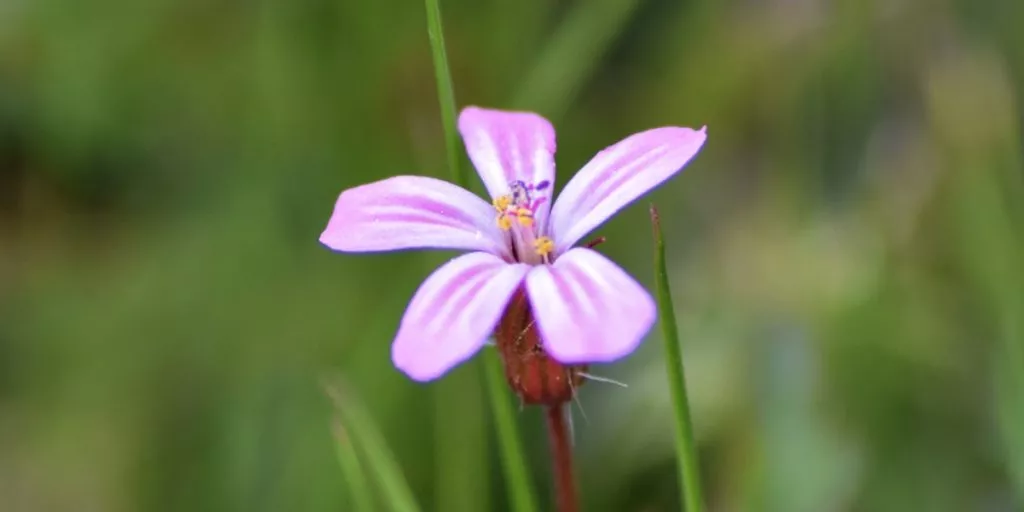
Despite its name, there is no evidence that this plant has any real medicinal value, although some felt that it helped treat nosebleeds and toothache. It usually thrives in damp and shadier locations, so will probably restrict itself to the edges of lawns, rather than the centre. Most commonly a lovely shade of pink, a white version is found in both Wales and Ireland. Its fern-like leaves mean that it might be confused with members of the Carrot family, but it is, like the Cranesbills, a member of the Geranium group.
Lesser Trefoil

This plant loves sunny banks and open grass places and spreads readily once established. Staying close to the ground, this plant often avoids being cut by lawn mowers, although it has difficulty surviving in heavily grazed areas. It was once grown as a fodder crop, known as Suckling Clover by farmers. It is also the clover that is most often sold as Shamrock in Ireland on the run up to St Patrick’s Day.
Common Mouse-ear
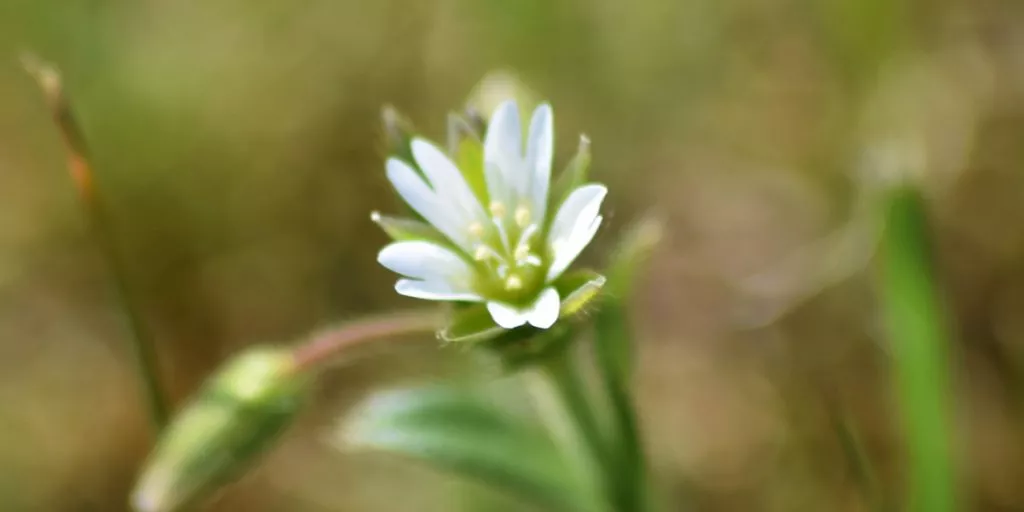
Related to Carnations, this plant thrives in areas where clear patches have been scuffed into the surrounding grass. Most obvious are the five, deeply-notched, white petals, but the eagle-eyed will also notice a silvery edge to the sepals – the green flower bud casing. Chickweed has similar looking flowers, but its leaves are hairless.
Dandelion
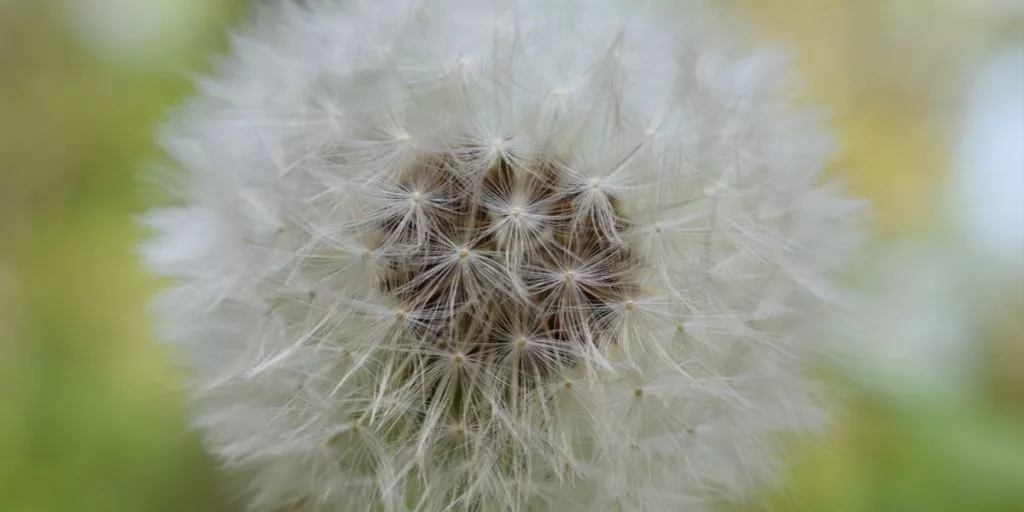
The flower and its fluffy seed head are recognised by almost everybody, but few probably realise that there are actually more than 200 variations of this common plant. One of the earliest flowers to bloom each year, the Dandelion provides a valuable source of food for queen bees who looking to set up their colonies. Humans have also found many uses for Dandelions, with the leaves being included in salads, the flower heads in wine and the roots as a substitute for coffee. During the Second World War, the milky sap was used in the Soviet Union to make rubber.
Buttercup
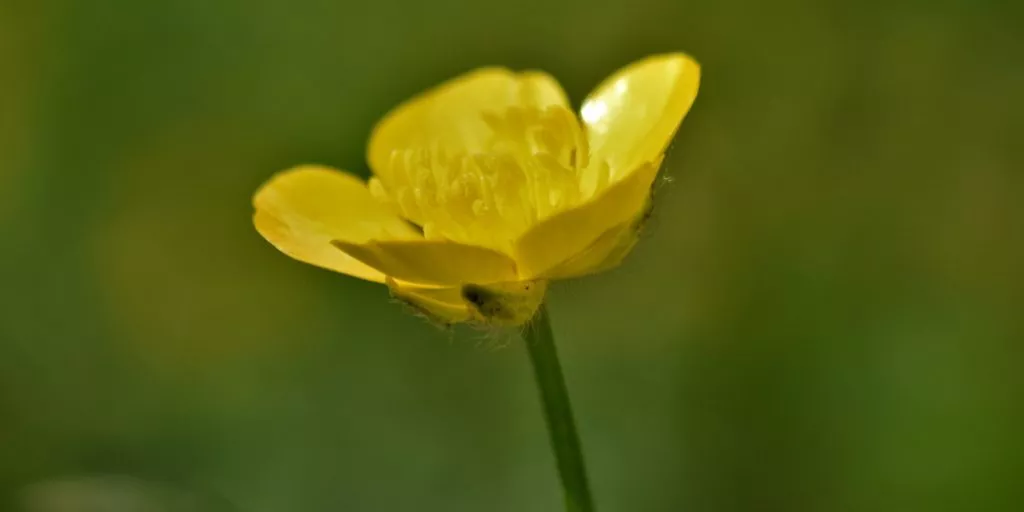
Buttercups come in a variety of forms, but all have 5 golden-yellow petals, with the most significant differences between the leaves and sepals. Creeping Buttercup is probably the most common variety in gardens, since it is at home in many different habitats, and it easily spreads by sending out rooting runners. The shiny petals reflect sunlight extremely well, and if a yellow glow could be seen on the skin, when held under someone’s chin, it was said that the person “liked butter”.
Thyme-leaved Speedwell
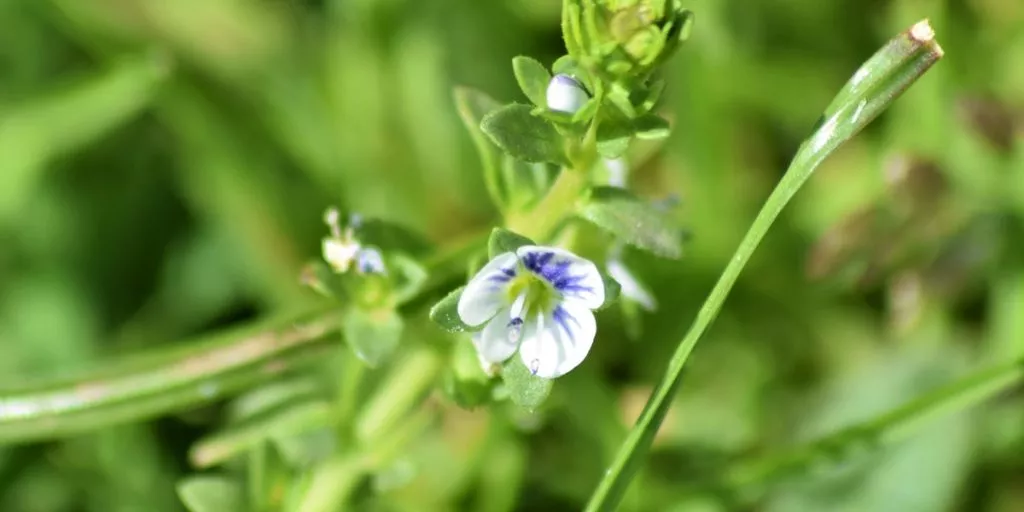
The flowers on Thyme-leaved Speedwell are only about 5mm wide and are white or pale-blue with dark-blue markings. Most of its leaves are buried by the surrounding grass, but if the lawn is left unmown for a week or more, stems bearing clusters of tiny flowers become visible.
Cut-leaved Cranesbill
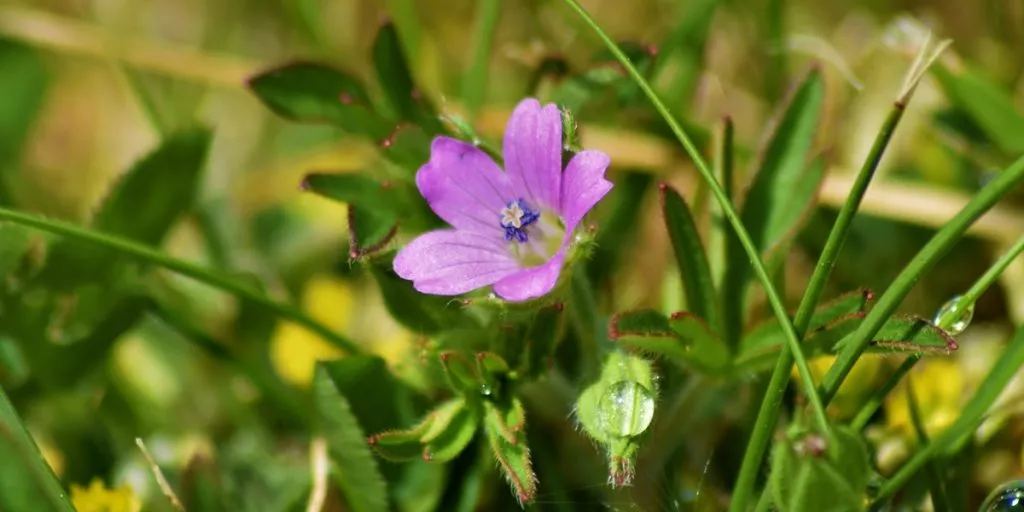
Like its close cousin, Dove’s-foot Cranesbill, this member of the Geranium family might turn up almost anywhere, although they aren’t so common in Scotland. Once pollinated, the flowers generate a fruit which is shaped like a long slender bill or beak. Its tiny pink or purple flowers are often only just visible through the thicker grass surrounding them.
John Pilkington, 66, gardener and nature enthusiast.
Since retiring in 2014 John has been able to find time to indulge his interest in wildlife. John grew up spending summers playing in Richmond Park, helping his dad grow vegetables in the family garden and raising funds through ‘bob a job’ in the neighbourhood gardens. Now living in South Wales he volunteers with a local charity, helping to maintain a green flag reserve and enjoys looking for and photographing wildlife in the garden and in the local country parks. He has two young grandsons who love walking with grandad, stomping in muddy puddles and who already know the names of more birds and wildflowers than your average adult. John loves the fact that ColourFence is an environmentally sound choice, containing recycled materials, and is in itself fully recyclable. ColourFence is not maintained using harmful chemicals and can be installed with minimum disruption to plants and trees and with hedgehog tunnels and hangers for bird feeders.
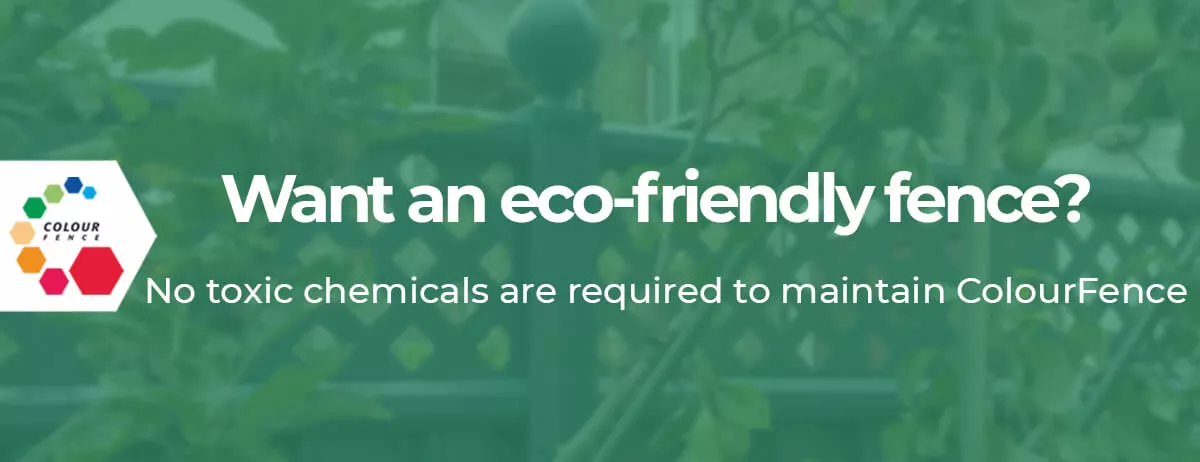
If you’d like to find out more about our eco-friendly fencing, then get in touch via our contact form.
